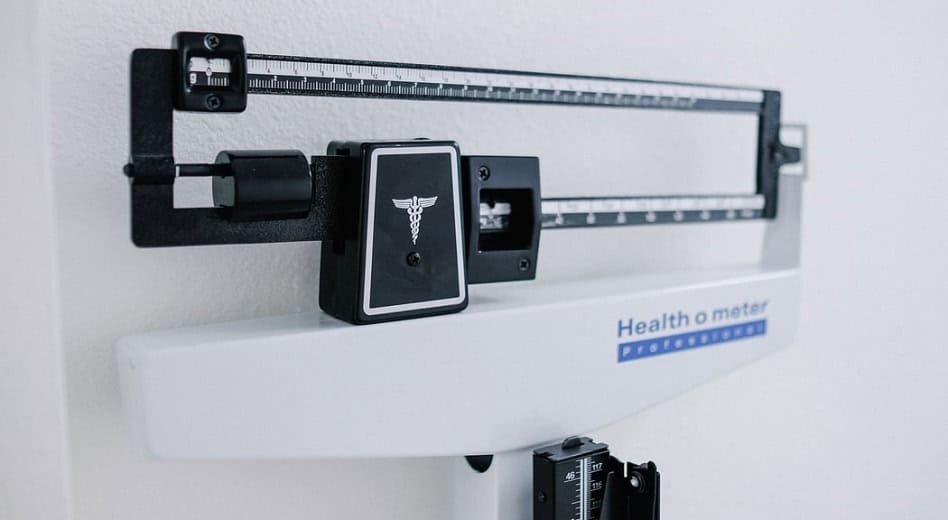
Workplace sitting is associated with self-reported general health and back/neck pain: a cross-sectional analysis in 44,978 employees
May 19, 2021
A Comparison of Associations Between Self-Reported and Device-Based Sedentary Behavior and Obesity Markers in Adults: A Multi-National Cross-Sectional Study
June 2, 2021A study titled “Do adolescent sedentary behavior levels predict type 2 diabetes risk in adulthood?” has recently been published in the BMC Public Health. The full article is available here (open access). A summary of the paper and citation details are re-posted below.
ABSTRACT
Background
The objective was to determine whether time spent in different types of sedentary behavior during adolescence are associated with the risk of developing type 2 diabetes in adulthood.
Methods
Participants were 3942 adolescents aged 16 years who were part of the 1970 British Cohort Study. Sedentary behavior was assessed using a questionnaire that asked participants to indicate how much time they spent watching TV and videos, using the computer, reading, and doing homework. Incident cases of type 2 diabetes were determined quadrennially until 46 years of age. The association between adolescent sedentary behaviors and type 2 diabetes was determined using Cox proportional hazards regression that controlled for sex, body mass index, sugary beverage consumption, smoking status, physical activity at baseline, and physical activity in adulthood .
Results
There were 91 incident cases of type 2 diabetes with an incidence rate of 9 cases/10,000 person-years. By comparison to those who watched TV and videos for 2 or less hours/day, type 2 diabetes risk was not different in those who watched for 2.1–4.0 h/day (HR = 0.89, 95% CI = 0.54, 1.47) but was increased by 2.06-fold (95% CI = 1.24, 3.43) in those who watched for more than 4 h/day. Time spent using a computer, reading, and doing homework were not significantly associated with type 2 diabetes.
Conclusion
Spending more than 4 h/day watching television and videos at age 16 was associated with an increased risk of type 2 diabetes. Conversely, using a computer and non-screen based sedentary behaviors were not associated with type 2 diabetes risk.
Citation
Scandiffio, J.A., Janssen, I. Do adolescent sedentary behavior levels predict type 2 diabetes risk in adulthood?. BMC Public Health 21, 969 (2021). https://doi.org/10.1186/s12889-021-10948-w




